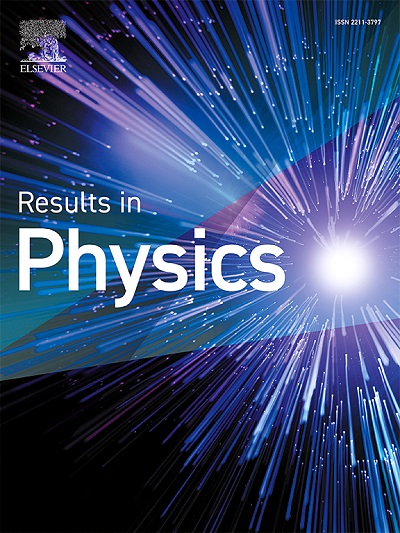Dynamically scattering medium-based security-enhanced optical image encryption using orbital angular momentum and deep learning
IF 4.4
2区 物理与天体物理
Q2 MATERIALS SCIENCE, MULTIDISCIPLINARY
引用次数: 0
Abstract
Scattering medium-based optical image encryption is a practical strategy for information security, but it is challenging to convert speckles caused by scattering into encrypted information. In addition, the security level of the encryption is an issue of concern. Here we propose and demonstrate a potential optical image encryption with high security, in particular using optical orbital angular momentums (OAMs) to carry plaintext information so that encrypted information can be coded and converted into speckles, besides a dynamic diffuser for encryption and a pre-trained convolutional neural network (CNN) model for decryption. The high level of security stems from the use of both the order key (one-to-one correspondence between the labelled OAMs and the speckles) and the model key (unduplicatable pre-trained CNN model). Proof-of-concept experiments to demonstrate the proposed method have been successfully carried out. The image encryption method can open up new prospects for authentication, anti-counterfeiting and encrypted communication.
求助全文
约1分钟内获得全文
求助全文
来源期刊

Results in Physics
MATERIALS SCIENCE, MULTIDISCIPLINARYPHYSIC-PHYSICS, MULTIDISCIPLINARY
CiteScore
8.70
自引率
9.40%
发文量
754
审稿时长
50 days
期刊介绍:
Results in Physics is an open access journal offering authors the opportunity to publish in all fundamental and interdisciplinary areas of physics, materials science, and applied physics. Papers of a theoretical, computational, and experimental nature are all welcome. Results in Physics accepts papers that are scientifically sound, technically correct and provide valuable new knowledge to the physics community. Topics such as three-dimensional flow and magnetohydrodynamics are not within the scope of Results in Physics.
Results in Physics welcomes three types of papers:
1. Full research papers
2. Microarticles: very short papers, no longer than two pages. They may consist of a single, but well-described piece of information, such as:
- Data and/or a plot plus a description
- Description of a new method or instrumentation
- Negative results
- Concept or design study
3. Letters to the Editor: Letters discussing a recent article published in Results in Physics are welcome. These are objective, constructive, or educational critiques of papers published in Results in Physics. Accepted letters will be sent to the author of the original paper for a response. Each letter and response is published together. Letters should be received within 8 weeks of the article''s publication. They should not exceed 750 words of text and 10 references.
 求助内容:
求助内容: 应助结果提醒方式:
应助结果提醒方式:


